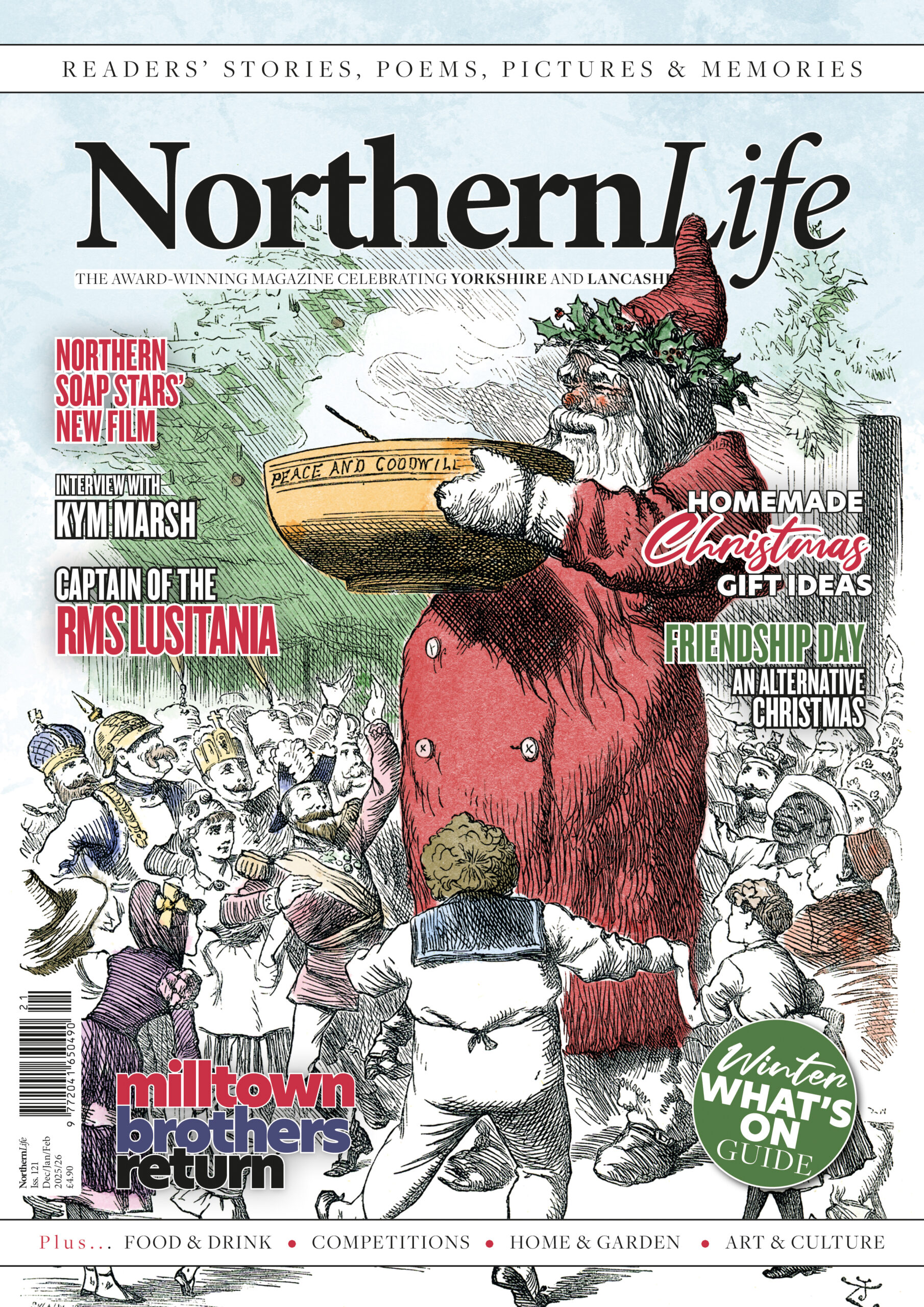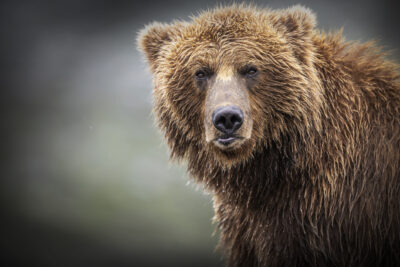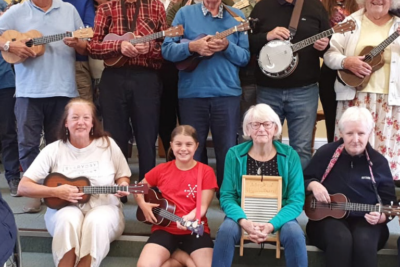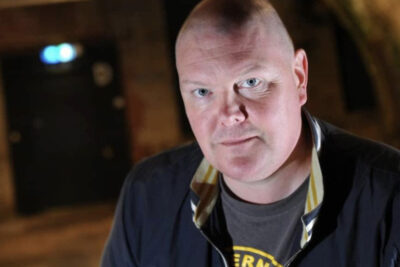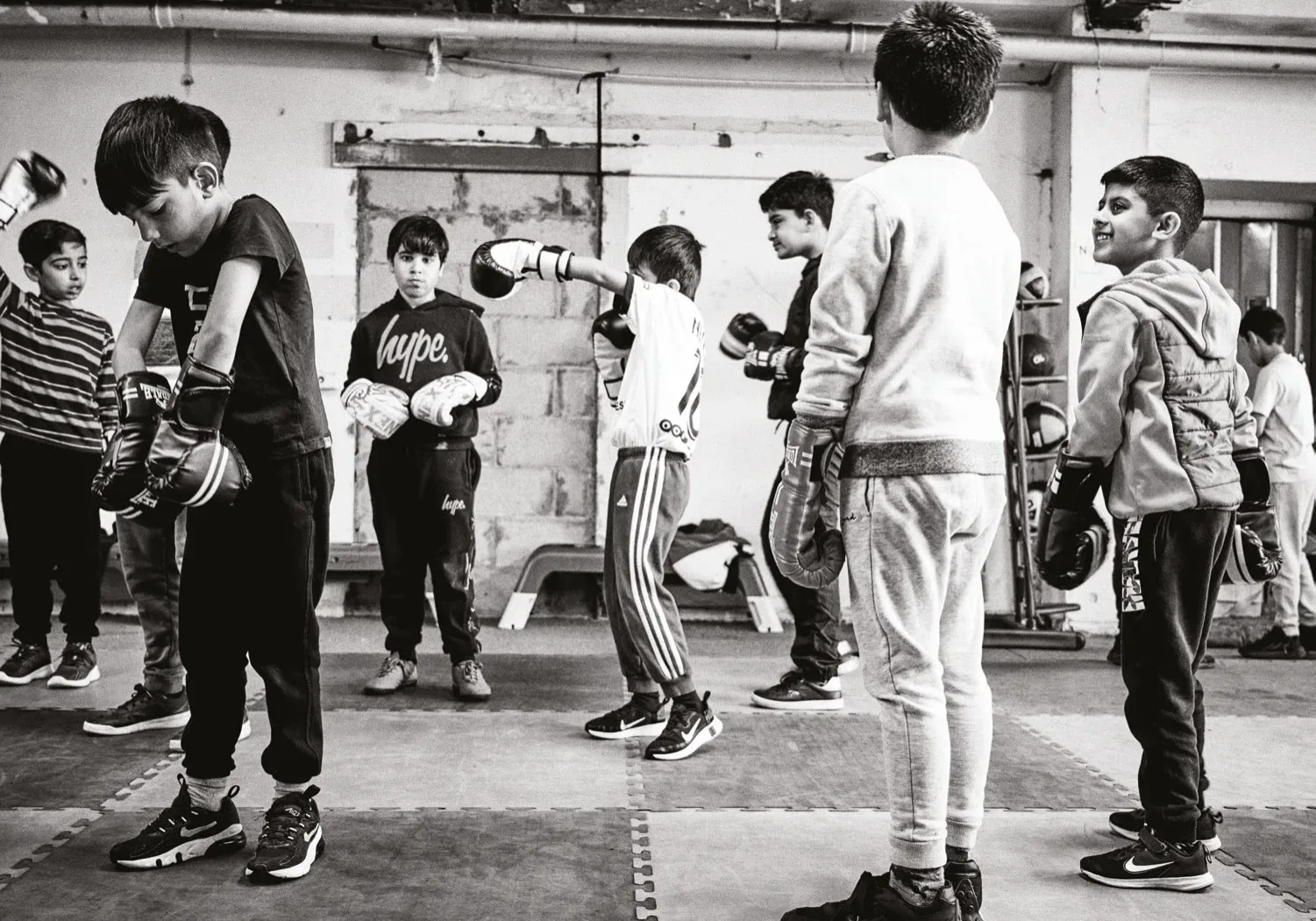
Breaking Down Barriers
by Laura Storey
See more of Nik Hartley’s photos at @nikhartleyphoto
In his new book Good Sports, an acclaimed fashion photographer from Nelson, Nik Hartley, has captured the youthful and energetic spirit of Whitefield Youth Association, an organisation set up after the 2001 Burnley riots to transform young lives and create sustainable communities through social action. We chatted to Nik about his career and how he captured Nelson’s youth through his lens.
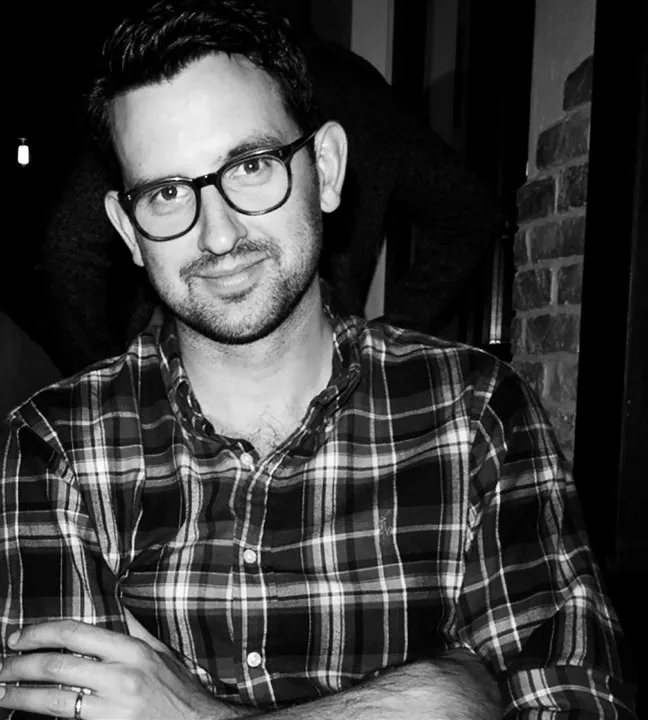
Nik Hartley
When did you start snapping?
I started taking pictures when I was about fourteen. My dad had a camera, so I used to borrow that. I used to go for a walk and take pictures. I mean, the photos were crap, but I was learning. I lived near Victoria Park in Nelson, so I’d go into the park and photograph the trees – that’s pretty much all I do now; I’ve just got more of an idea of what I’m doing.
After graduating with a photography degree, I worked as a freelance assistant in Manchester for about eight or nine months. I ended up on this big shoot with famous photographer David LaChapelle. We shot David Beckham for the front cover of the World Cup Edition of GQ Magazine. It opened my eyes to how photography should be. Afterwards, I packed up and moved to London to be a photographer.
Why Nelson?
I’ve been living back in Lancashire, in Colne, just down the road from Nelson. I still work in London, Paris, and Milan but base myself here. I love the north of England. It’s where we wanted to bring up the children. I grew up here and think it’s a very photogenic place.
I’ve done many projects in Nelson with the Asian British community, and I suppose I’m trying to confront some of the prejudice I witnessed growing up in the eighties and nineties. It was a racially tense place. It was at an all-time low when I was growing up in the sense that in 2001 there were riots in Burnley.
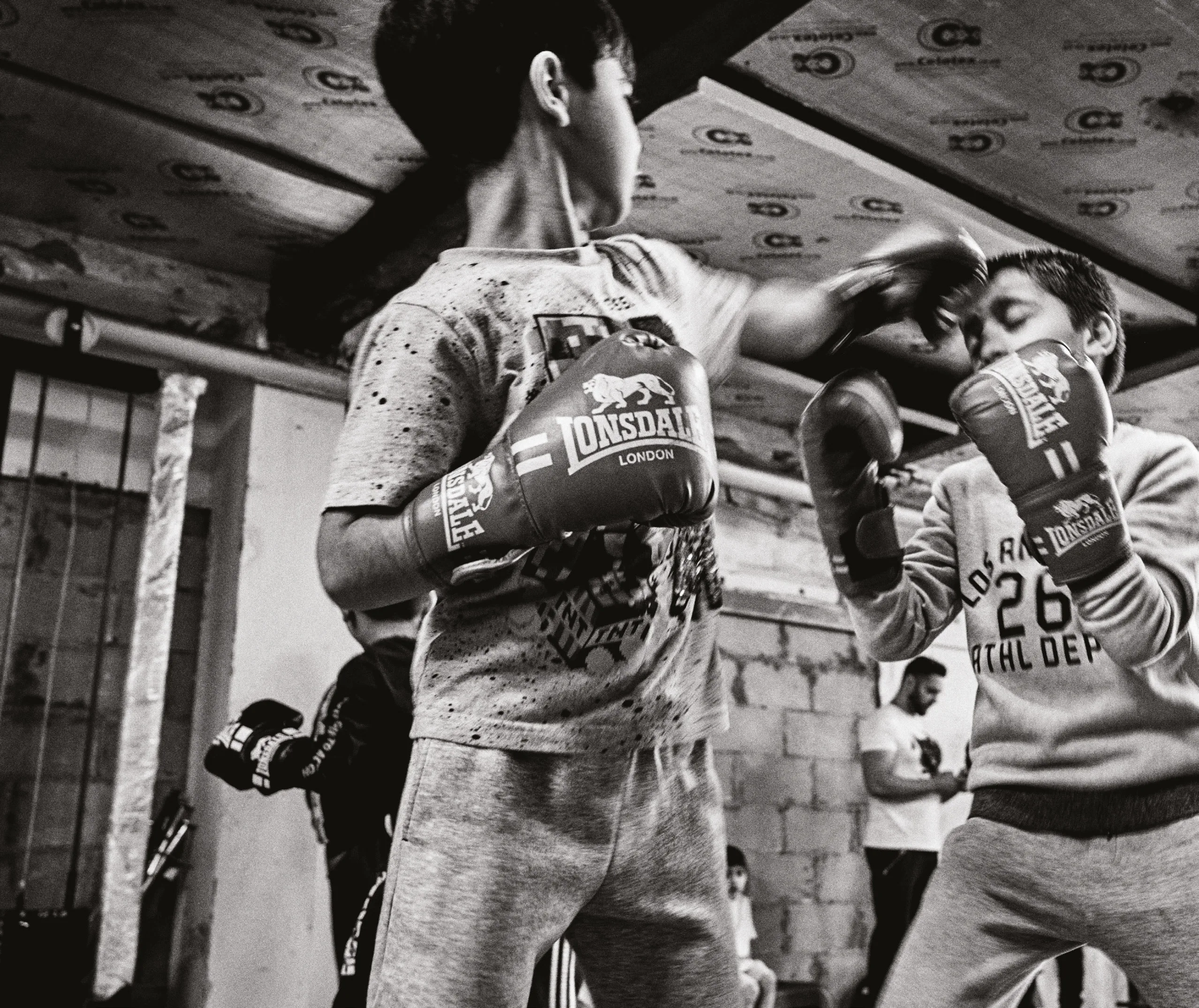
I’m not trying to do anything other than get my foot in the door with the people I would never get to hang out with and candidly photograph them and show them as they are, which is just people going about their business, and having a good time.
I did a book in 2014 called Every Street which was shot in a barber’s shop, and I did that post-9/11. This was when all the newspapers talked about was young Asian boys being groomed to become suicide bombers in mosques and schools in the UK. It was whipping up a frenzy amongst a xenophobic, racist, ignorant readership. So, I went to a barbershop that young Asian British men patronised, the alleged potential suicide bombers – to take pictures of them and show them smiling and having had their haircut.
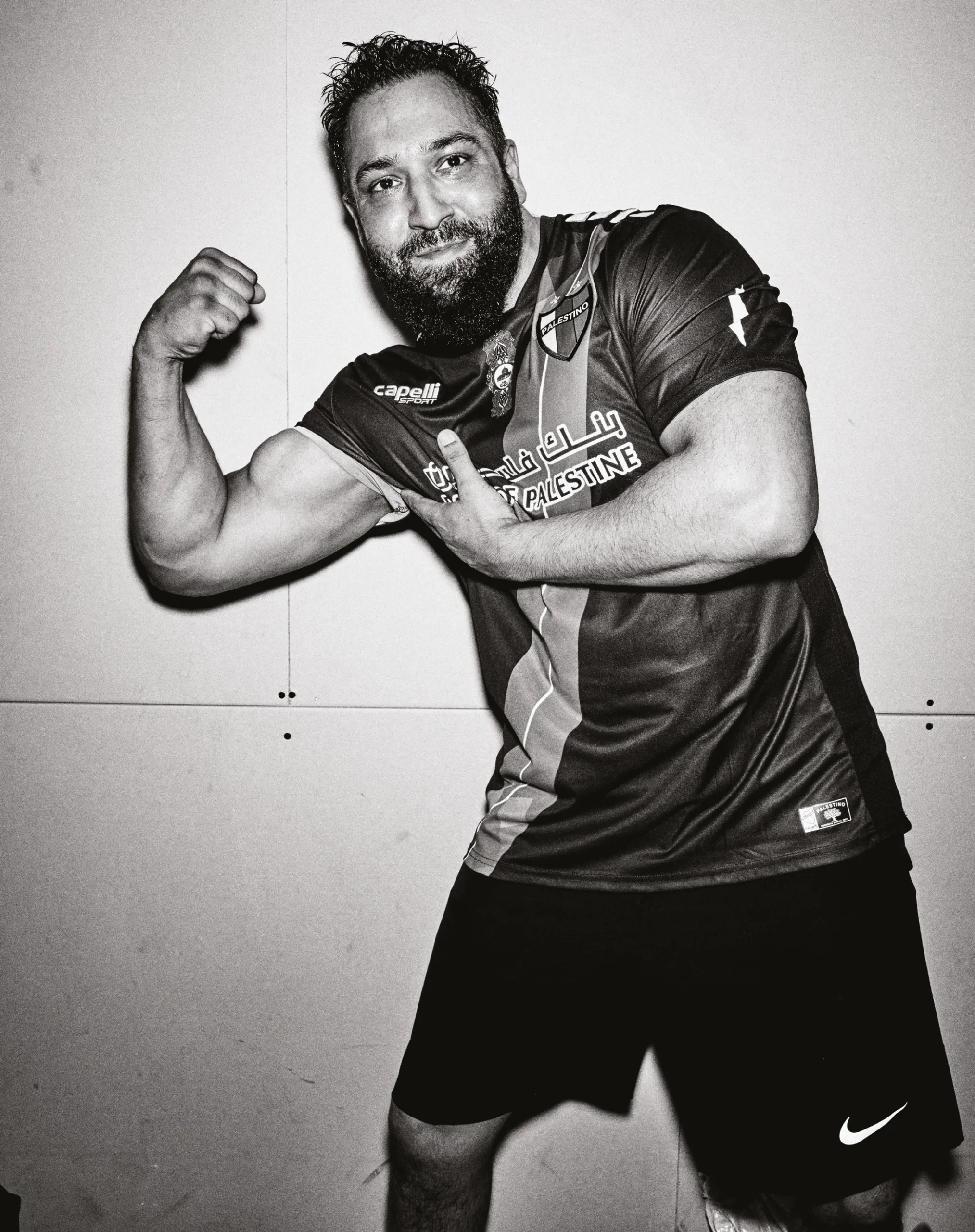
What inspires you?
Young people are pretty inspiring whether they realise they are; you can’t help but be whacked in the face by buckets full of potential when you’re in a room full of young people having a good time.
This area needs to improve at nurturing potential in young people. It’s not a very affluent area, and the expectations of young people are pretty low. The secondary school system is underfunded and struggling a little bit; they want to get A-C passes, get them into any college course, and pass their inspections. There’s not much ‘actually, you’re probably not going to do very well at your exams, but we can see you’ve got epic potential, so we’re going to do something that could help you and your future but isn’t going to help us on the results table.’
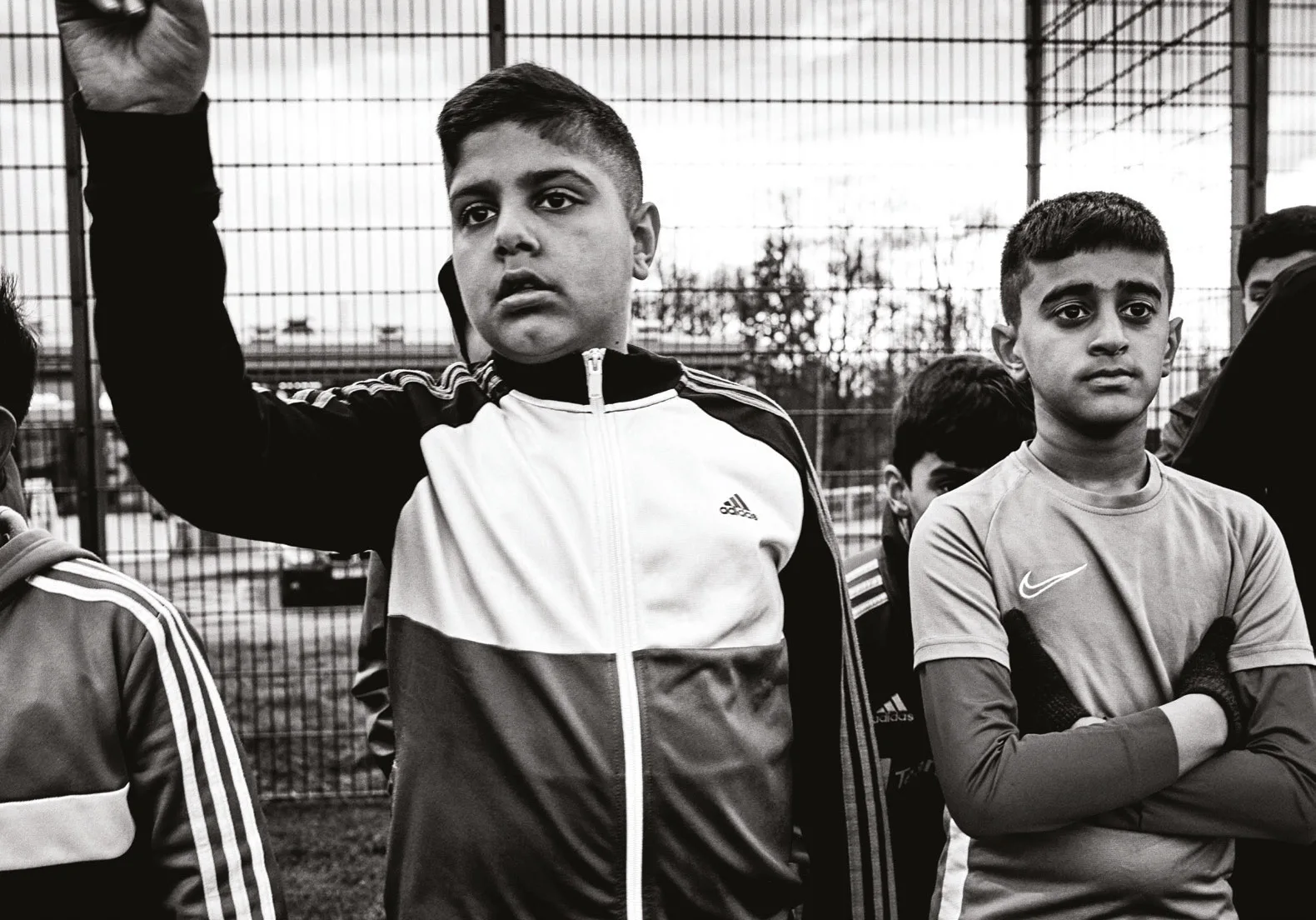
I’m a parent now, so I look at children differently. I’m always thinking about what my children will be up to when they’re that age and what I want them to do. All I ever want is for them to be happy and fulfil their potential, whatever that means. The Whitefield Youth Association in Nelson does an excellent job of letting children do their best and be comfortable doing it.
“You can’t help but be whacked in the face by buckets full of potential when you’re in a room full of young people having a good time.”
“What makes a perfect picture?
I want to take a good one; there’s no formula; it’s instinctive and highly subjective. I just shot Juliette Binoche for the front cover of French Marie Clare, so I was in Paris for that, and I had to take six pictures of her in a day. It’s very different from wandering around Colne and taking pictures in my town, but the editing process is the same; I take a few; instinctively, I am drawn to certain ones but don’t make my mind up until the following day. I look at them again, and then generally, the ones that, in my mind, are the best leap out at me. I guess the ones that I think are the best pictures are the ones that I still show to people a year or two years later. But it’s super subjective, and it depends on whom you’re showing them to and what your end game is – if you are trying to tell a story or if you’re trying to take one beautiful picture that stands alone.
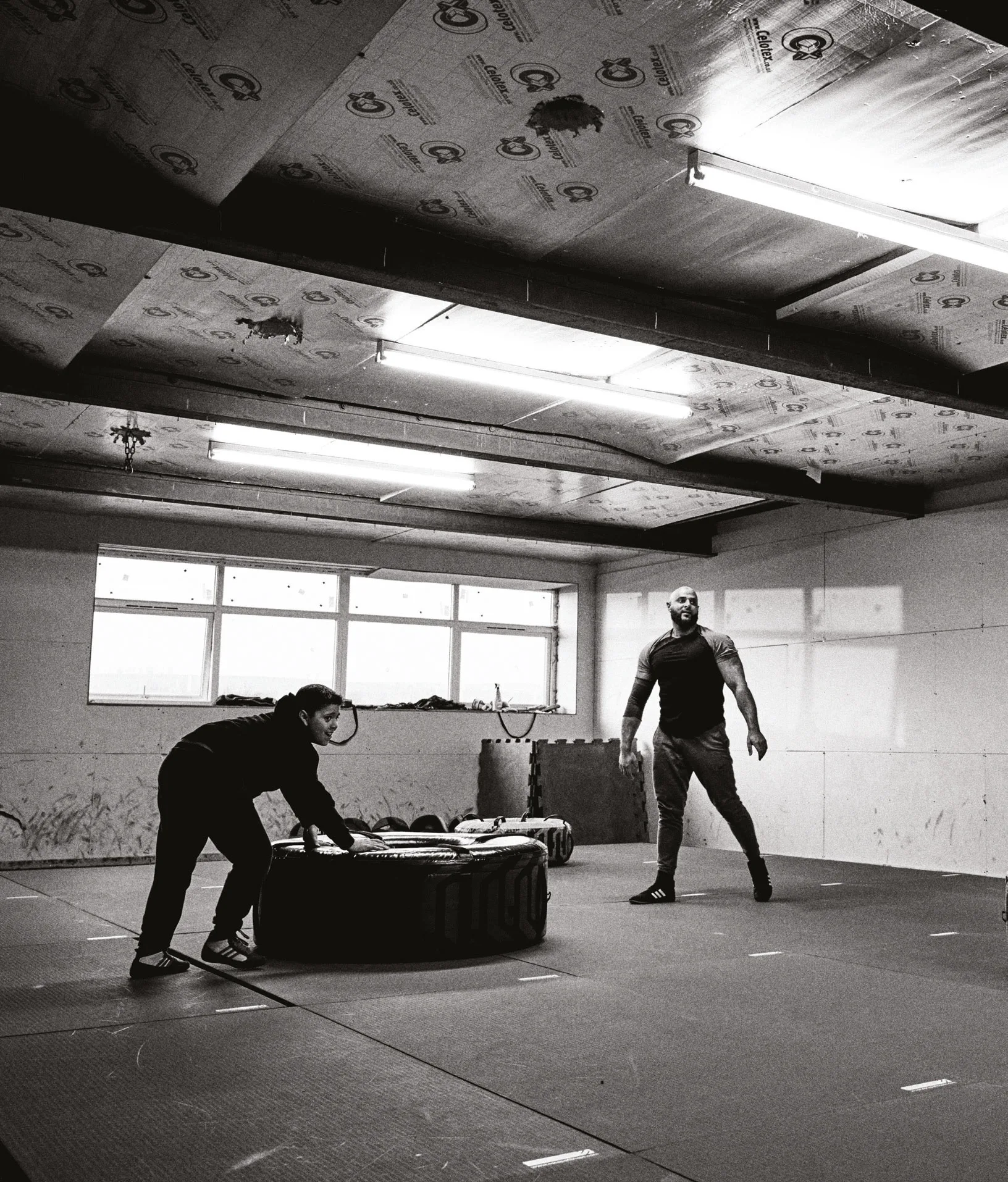
The favourite photo you’ve taken is…
I have that box of prints that I show to people. It’s a mix of my fashion and documentary pictures – there are pictures of Colne and Monica Bellucci’s daughter, Deva Cassel, and Emily Ratajkowski – I’ve made an eclectic mix that I feel represents me and what I’m about. Some people get it; some people don’t. It’s quite a niche thing that I’m doing, and I’ve just got to try and find people into it; there’s no point obsessing over those who aren’t.
What camera do you use?
I use a few; for a long time, I used a Hasselblad exclusively, and then, more recently, I’ve got a bit less rigid about it. I’ve got a few now; it depends on what I’m doing. I feel more important than the camera is just being there and taking the pictures; I know that sounds a bit cheesy.

Advice for budding photographers?
Whatever your budget is, research and find the best camera you can afford, but don’t obsess about the gear. It’s like buying a carbon fibre racing bike; it doesn’t make you a better cyclist. Just buy the camera you can afford and one lens, then go out and try and take lots of pictures and learn from your mistakes.
Look at other people’s pictures that you like and admire and borrow from them a little bit, don’t plagiarise, but it’s OK to be inspired and work out your style.
“It’s quite a niche thing that I’m doing, and I’ve just got to try and find people that are into it.”
Anybody serious about a career in photography, rather than spending fifty grand on a university education, be an assistant in London. I lived in London for seventeen years and was an assistant for eleven years; I was in quite a subservient role, starting out it was long hours, the pay wasn’t excellent, it was tough work and I took a lot of grief off a lot of egomaniacs. But I had my eyes on the prize, which was an essential part of learning.
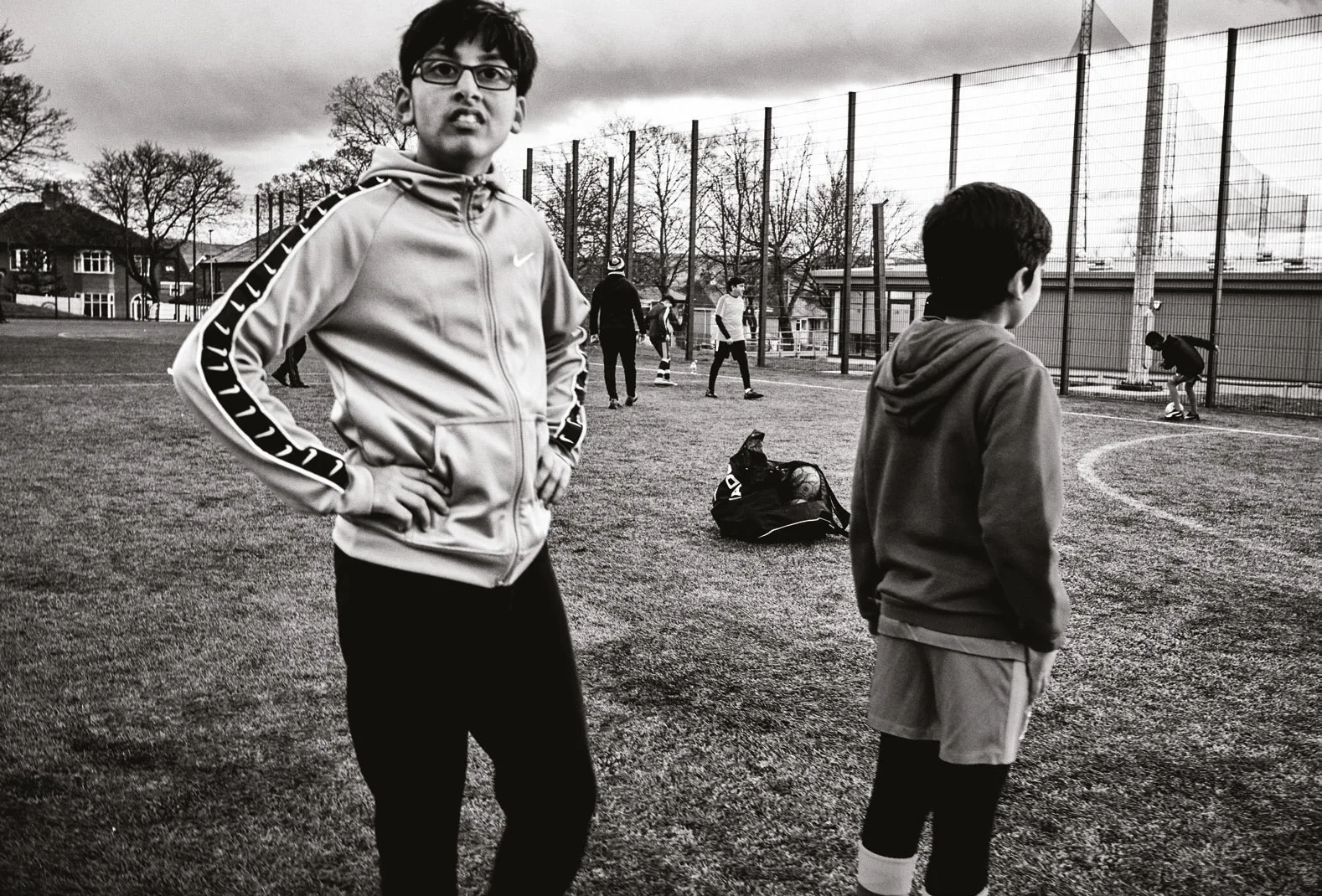
Tell me about Good Sports.
I shot the Good Sports book with the Whitefield Youth Association in Nelson. Founded and directed by local Hamid Khan in 2002 as a response to the riots, WYA uses sports as a development tool for young people. 20% of the profits from each book sale go directly to the WYA. Most importantly, the project is an avenue to put the WYA on a platform, discuss its difficulties, and celebrate how far it has come in the last 20 years.
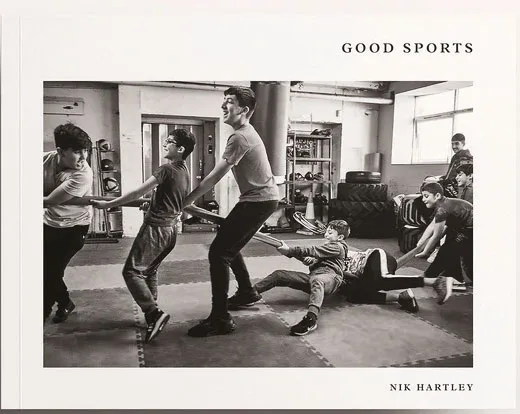
See more of Nik Hartley’s photos at @nikhartleyphoto
Good Sports by Nik Hartley is available from Pendle Press for £12.
NorthernLife Sep/Oct 23
